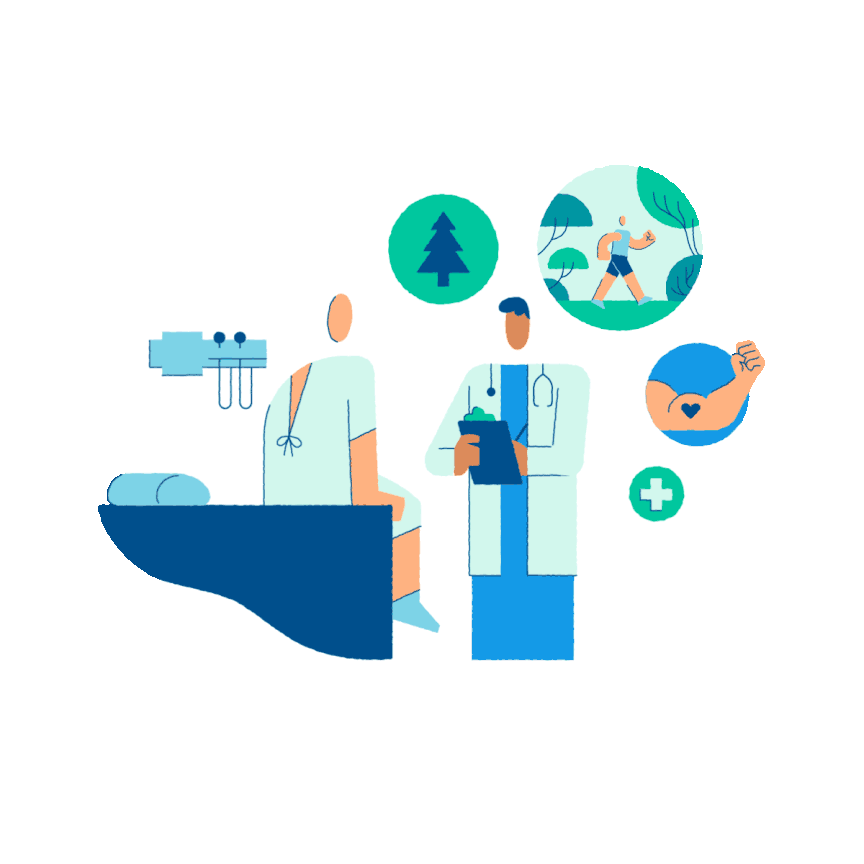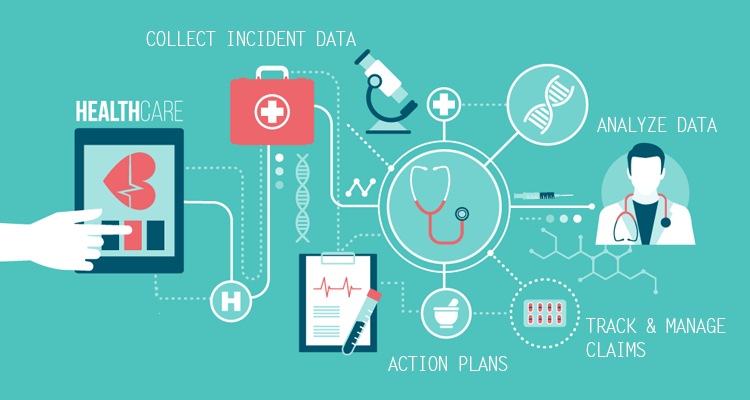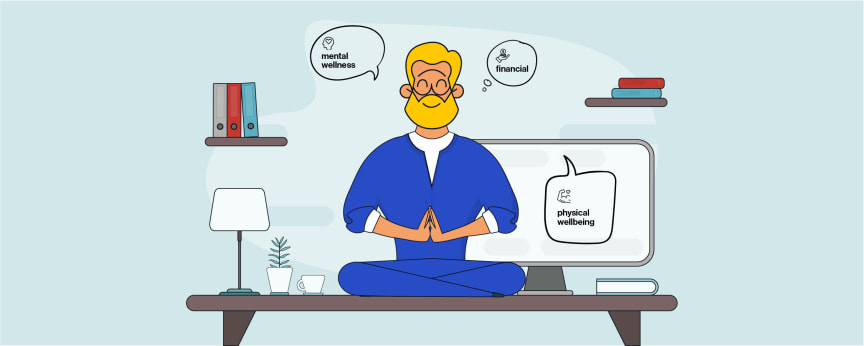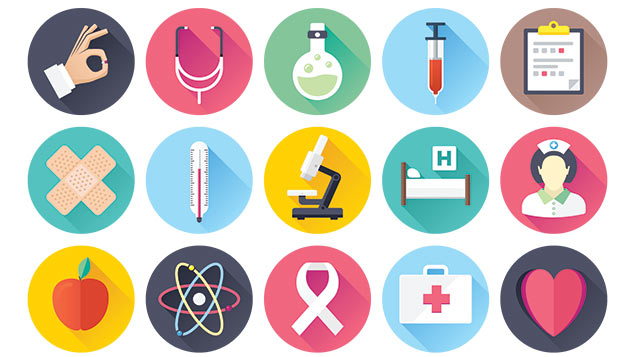Learn why leading HR professionals trust ekincare! Explore Now

Did you know that employee health is a key determinant of organizational success? Studies reveal that companies with robust healthcare benefits and wellness programs experience higher employee satisfaction, engagement, and productivity. According to recent surveys, 76% of employees consider health and wellness offerings as a crucial factor when choosing an employer. These compelling numbers underscore the importance of leveraging data insights to revolutionize healthcare benefits.
In this session, we explore the transformative power of data-driven approaches in shaping the future of employee health. With distinguished speakers Mr Amit Lakhotia, Associate Director, Reward at Fidelity International, and Mr Chaitanya Chintalapati, Vice President at ekincare, we will delve into how organizations can harness data to identify health risks, personalize wellness programs, and drive positive health outcomes. Get ready to gain valuable insights and discover innovative strategies to create a healthier workforce.
In recent years, the healthcare domain has witnessed significant transformations. This change began around four to five years ago, just before the pandemic. In the past, healthcare was relatively straightforward, primarily focused on basic medical and accident insurance coverage, along with annual health checkups. However, the landscape has evolved, and several factors are driving these changes.
Firstly, the workforce today is quite diverse, comprising multiple generations, each with unique needs and expectations. Additionally, the pandemic and the subsequent rise of remote work have accelerated the adoption of digital innovations and the delivery of healthcare benefits. Numerous healthcare apps have emerged while significant players like Tata and Apollo acquiring smaller apps to establish an online presence. This has created a highly competitive landscape with continuous innovation in the healthcare space.

Another significant driving factor is the shift from offering flexible benefits options as an Employee Value Proposition but with the advancement of technology and ease of adoption and the people have seen the different well-being offerings available at their fingertips. Employees now have convenient access to teleconsultations, discounted pharmacy services, affordable diagnostic tests, and even free fitness sessions from the comfort of their homes. What was once an EVP has become a necessity for forward-thinking companies to include in their offerings.
Lastly, the focus in recent years has shifted from solely physical fitness to a holistic approach encompassing mental, emotional, and financial well-being. This comprehensive approach recognizes the importance of addressing all aspects of an individual's health. These factors collectively contribute to the ongoing changes in the healthcare landscape.
Data-driven insights are crucial in today's business landscape. However, the availability and reliability of data pose significant challenges. Organizations must have the necessary technical tools to gather and analyze consolidated data effectively. Another obstacle lies in understanding how to utilize the data for decision-making. Without proper guidance, the purpose of data-driven decision-making is defeated, and decisions may rely on subjective judgments rather than concrete data.
Therefore, the first step for organizations embarking on this journey is to consolidate various sources of healthcare or benefit data. This consolidation reduces the time spent collecting and analyzing data. Exciting tools are available in the market to facilitate this process. Once data is consolidated, investing in technology becomes essential to capture data in a structured manner. This investment does not necessarily mean acquiring servers or hiring a dedicated team. For instance, if the focus is limited to a specific region, such as India, there is no need to create an extensive in-house database.
Companies can explore partnerships with external vendors who are willing to work with you on your employee well-being initiatives and in exchange provide you their infrastructure and expertise needed to generate dashboards, reports, data insights. Even if internal expertise exists, external perspectives can provide a fresh outlook and offer valuable guidance. When seeking external partners, it is crucial to conduct due diligence and ensure data protection compliance. By leveraging innovative solutions and making data-driven decisions, organizations can achieve their objectives effectively.

Data generated by adopting digital mediums to avail healthcare facilities can help employers immensely. When you have the availability of structured data and supporting technology to visualise it, the insights generated prove to be very useful input for interventions to the benefits design or introduce new well-being offerings whilst being creative to manage budgets.
Be it IPD, OPD, Preventive Health checks, Childcare, Fitness, Nutrition or any other benefit. If you do a deep dive, data provides meaningful insights which one may not be able to notice in a normal course. To give you an example, medical claims data can inform you the most prevalent ailment people are suffering from. For companies based in Delhi NCR, problems related to lungs could be the biggest contributor to their claims. We can use this data point to include tests like Pulmonary Function in our PHC tests listed. Install air purifiers in the office, can do awareness sessions on breathing, pollution etc.

When you analyse data, it gives you fair indication of the effectiveness of a benefit and if any correction is required. Preventive Health checks, HRAs are some other sources of data when analysed tell you a story.
The workforce today is incredibly diverse, with various generations coexisting within it. Surprisingly, recent surveys have revealed that Gen Z individuals now make up 25% of the workforce. These young employees have grown up in a vastly different environment compared to previous generations. They may not have experienced the technological relics of the past, such as the floppy disks that were commonplace once. Furthermore, their needs and preferences differ greatly from those of older generations.
In a similar vein, the Gen Y cohort also has distinct preferences when it comes to workplace benefits. They may give more preference to childcare benefits, while Baby boomers, may focus more on medical benefits and retirement plans. On the other hand, the younger individuals in the workforce, particularly those under 25, may prioritize preventive health check-ups and seek greater flexibility in designing their own benefits packages. Recognizing these differences is essential when designing benefits packages, as flexibility becomes crucial to cater to the diverse needs of employees.

In addition to traditional methods such as employee surveys, there are innovative approaches to gather insights externally. These approaches can provide valuable input when designing benefits programs. Moreover, internal collaboration within smaller teams can also yield valuable perspectives. By involving cross-functional teams and considering individual interests, organizations can tap into the expertise and passions of their employees. These teams can act as well-being champions, taking the initiative to propose new benefits or improvements that align with the company's objectives and employee needs.
To foster employee engagement and ensure that the benefits and well-being offerings meet their expectations, organizations can adopt various strategies. For instance, hosting events or implementing step-up plans can encourage employee participation. A dedicated week of well-being activities can also create a sense of involvement and promote a healthy work environment. These initiatives serve as avenues for engaging employees in the process of designing benefits and well-being packages.

In summary, the diverse workforce necessitates an understanding of the unique needs and preferences of different generations. With Gen Z and Gen Y making up a significant portion of the workforce, organizations must embrace flexibility in benefit offerings. By leveraging external insights, internal collaboration, and employee-driven initiatives, organizations can design comprehensive well-being and benefits packages that cater to the diverse workforce and ensure employee satisfaction.
Most employers recognize the need for diverse offerings within their benefits package. In the industry, we have witnessed the emergence of specialized teams focused on employee experience and well-being. Previously, one person managed all insurance-related matters. However, now we have dedicated well-being teams and a renewed focus on employee experience. This acknowledgement signifies the importance of actively engaging employees, as employers may not always be aware of their specific needs. By collecting and analyzing data and considering various factors, companies can determine what offerings to include in their benefits package.

These new developments have brought about increased awareness regarding all aspects of well-being, encompassing physical, emotional, social and financial dimensions. Effective communication plays a pivotal role in engaging employees because people cannot engage with something they are unaware of. The messaging surrounding the benefits must be conveyed in a manner that maximizes engagement. By doing so, we can significantly enhance participation rates.
If significant effort, resources and creativity are invested in designing a benefits program, it is imperative to ensure the communication surrounding it is equally robust. Over the years, we have learned the value of overcommunicating when it comes to benefits. Even with an established program that has been in place for years, there are instances where employees still inquire about basic information such as hotline numbers. While we do communicate these details, the challenge lies in making employees aware and ensuring the information is easily accessible. It is always better to err on the side of overcommunication.

Furthermore, with the advancement of technology, push notifications have emerged as a powerful tool for engaging employees. The ability to send targeted messages directly to employees through apps or other platforms can yield significant results. Personally, I find push notifications to be highly effective. However, implementing such a system requires the appropriate technological infrastructure or an app.
Another effective approach is to foster transparency by sharing data such as claim ratios for medical insurance. This information helps employees understand why premiums may have increased or remained stable. By being open and sharing relevant data, employees can better appreciate the efforts made by the organization.
It is very important to measure the effectiveness. We may design the best bouquet of healthcare benefits, but ultimately it is employees’ actions that matter the most. Therefore, utilisation of a benefit is the most obvious indicator. Low take-up indicates that the benefit is not perceived to be meaningful by employees and some correction needs to be done. That correction may not necessarily mean an issue with benefit design, it could be simply awareness or there could be many other factors which could influence employees’ decision not to take up.
Employee Well-being survey could be another metric. Answers in these surveys that tie into specific benefits such as Childcare, Insurance or Physical Fitness indicates effectiveness of that benefit.
ROI - Benefits professionals are tasked to manage budgets whilst maximising benefits. Therefore, it is important to see if the engagement on healthcare benefits is in proportionate to the Investment made. Are there any alternatives available which can help achieve the same objectives at lesser investment? Keep interacting with market participants to know best practices.
As I said, the first step is to consolidate the sources of data to minimum so that less time is spent in data massaging. Analyze the benefits' performance over a period of one to two years. Evaluate whether the current flexibility meets the diverse needs of your workforce. Utilize insights derived from the data as input to refine or introduce new benefit designs. Once this analysis is complete, determine the most suitable infrastructure to support your organization's specific requirements. Depending on the circumstances, consider both internal and external options. While seeking external assistance, prioritize expertise aligned with the Indian market outlook.

Healthcare benefits have become increasingly dynamic, thanks to disruptive technologies and significant investments from major players. This market is evolving rapidly, with intense competition among various stakeholders. Stay updated on industry trends and explore the multitude of options available. By remaining informed, you can address data and technology-related challenges, allowing you to focus on elevating your benefits offering and pushing boundaries. Instead of fixating on managing the current package, shift your attention to how you can raise the bar and exceed expectations.
Learn how your organisation can get the best employee health and well-being experience with ekincare`s commitment to quality.